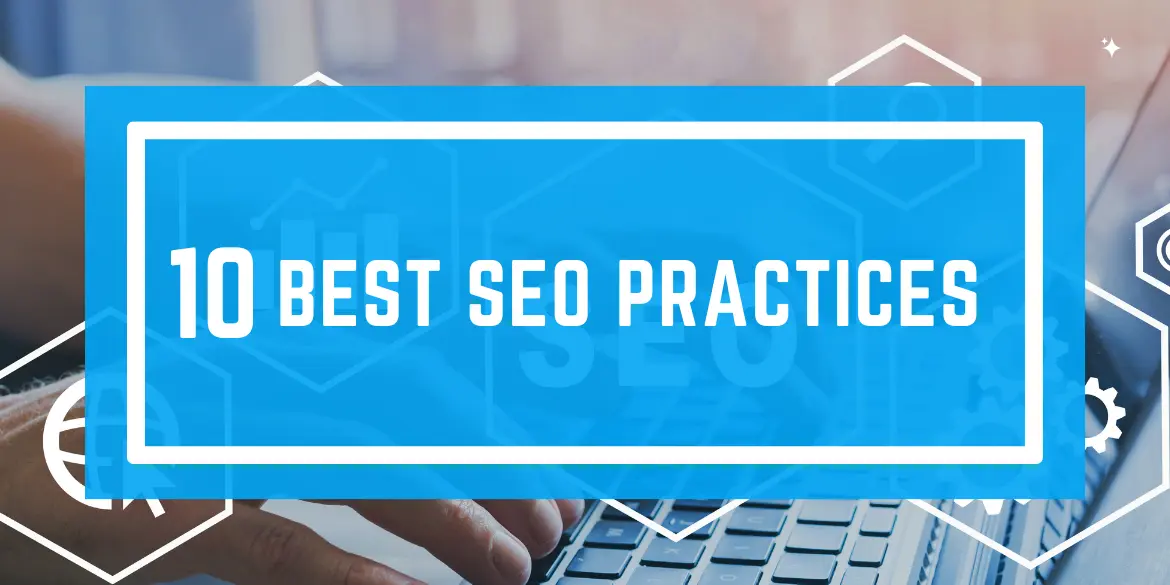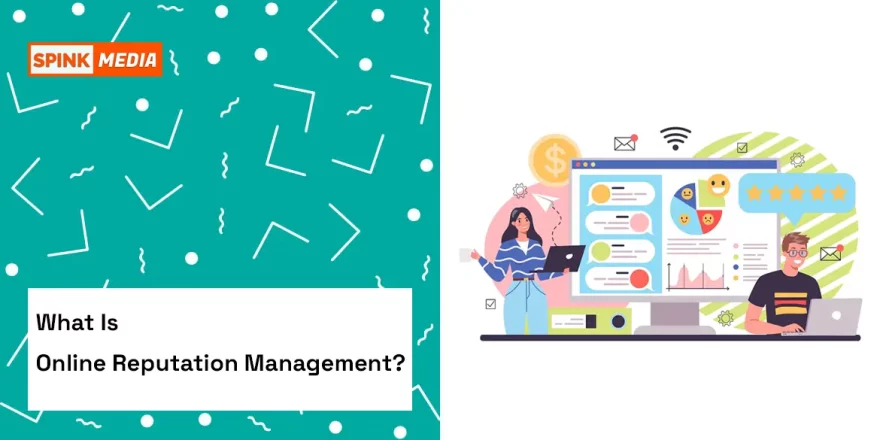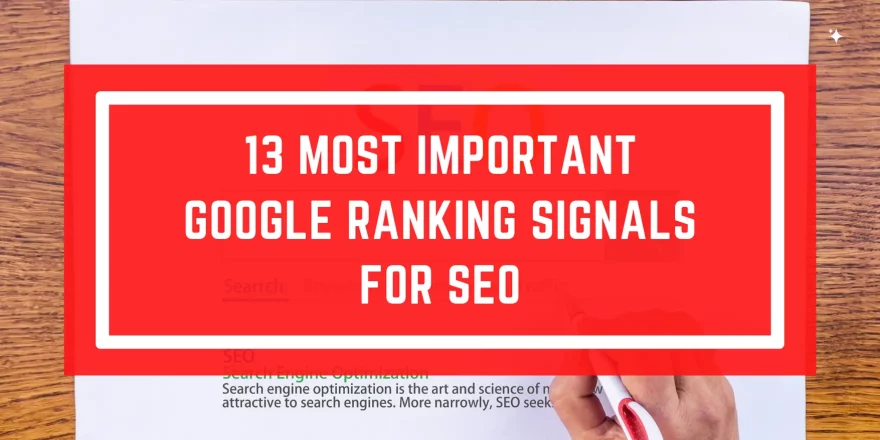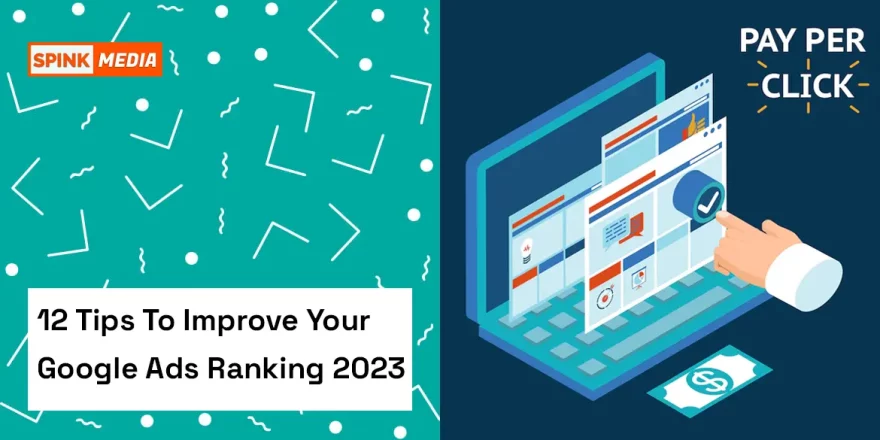Search engines are an essential part of any online presence, and ensuring that your site is optimized for search engines is one of the most important steps you can take to increase traffic and visibility. In this article, we provide 10 Best SEO Practices that will help your site rank higher in search engine results pages (SERPs).
From keyword research to on-page optimization, these tips will help you improve your website’s visibility and visibility for potential customers. So read on and start seeing your site’s traffic increase!
List Of 10 Best SEO Practices
1. Research and choose relevant, targeted keywords for your website. Keywords are the words and phrases that people type into search engines when they are looking for something. By choosing the right keywords, you can help ensure that your website is seen by the people who are most interested in its content. To research keywords, you can use a keyword research tool like Google’s Keyword Planner or Ahrefs.
2. Use those keywords throughout your website, in the page titles, headings, and content. Once you’ve chosen your keywords, it’s important to use them throughout your website in a way that is natural and not spammy. This will help search engines understand what your website is about and show it to people who are searching for related terms.
It’s especially important to include keywords in your page titles and headings, as these are often used by search engines as the titles for search results.
3. Make sure your Website is Mobile-Friendly. With more and more people accessing the internet from their smartphones, it’s important that your website is easy to use on a small screen.
This includes having a design that is responsive (i.e., it adjusts to fit the screen size of the device being used), as well as having larger font sizes and buttons that are easy to tap with a finger. Google has a tool called Mobile-Friendly Test that you can use to check if your website is mobile-friendly.
4. Use Social Media to Promote your Website. Social media platforms like Facebook, Twitter, and Instagram can be great way to promote your website and drive traffic to it. You can share links to your website, as well as engaging content that will encourage people to visit your site. Just be sure to follow the terms of service for each platform, as violating them can result in your account being suspended or banned.
5. Use Alt Tags to Describe the Images on Your Website. Alt tags (short for “alternative text”) are used to describe the contents of an image. This is important for a couple of reasons. First, it helps search engines understand what is in the images, which can help your website rank for related searches.
Second, if an image doesn’t load for some reason, the alt text will be displayed in its place, helping users understand what should have been there.
6. Make sure your Website is Easy to Navigate. A well-organized website with clear headings and subheadings will be easier for visitors to use, and it will also be easier for search engines to understand and index your content.
It can also be helpful to include a site map, which is a page that lists all of the pages on your website and how they are related to each other.
7. Use Clean, Valid HTML Code. HTML (HyperText Markup Language) is the code that is used to structure the content of a webpage. Using clean, valid HTML code will help search engines understand and index your website more easily. You can use a tool like W3C’s HTML Validator to check your website’s HTML code for errors.
8. Create High-Quality, Unique Content. One of the most important things you can do to improve your website’s ranking is to create high-quality, unique content that provides value to your visitors.
This could include blog posts, articles, videos, infographics, etc. It’s important to avoid copying content from other sources, as search engines may penalize websites that engage in plagiarism.
9. Use Header Tags (H1, H2, etc.) to Indicate the Hierarchy of Your Content. Header tags are used to indicate the structure of your content, with H1 tags being used for the main heading, H2 tags for subheadings, and so on.
Using header tags will help search engines understand the hierarchy of your content and give more weight to the most important parts. It’s also a good idea to use header tags to break up long blocks of text, as this can make your content easier for users to read.
10. Use Internal and External Links to Help users and Search Engines Navigate your Website. Internal links are links that go to other pages within your website, while external links are links that go to other websites.
Using internal links can help users and search engines find related content on your website while using external links can help demonstrate the authority and credibility of your website.
Just be sure to use links sparingly and only when they add value to your content, as using too many links can be seen as spammy and may hurt your ranking.
Also, Check – Best Guide to SEO Link Building
Now that you have come to the end of this blog, don’t forget to follow all these SEO practices. All these will help you improve your website’s search ranking and drive more traffic to it as well. In case you are planning for a new website, make sure you follow these SEO practices so that your website gets noticed in no time.





